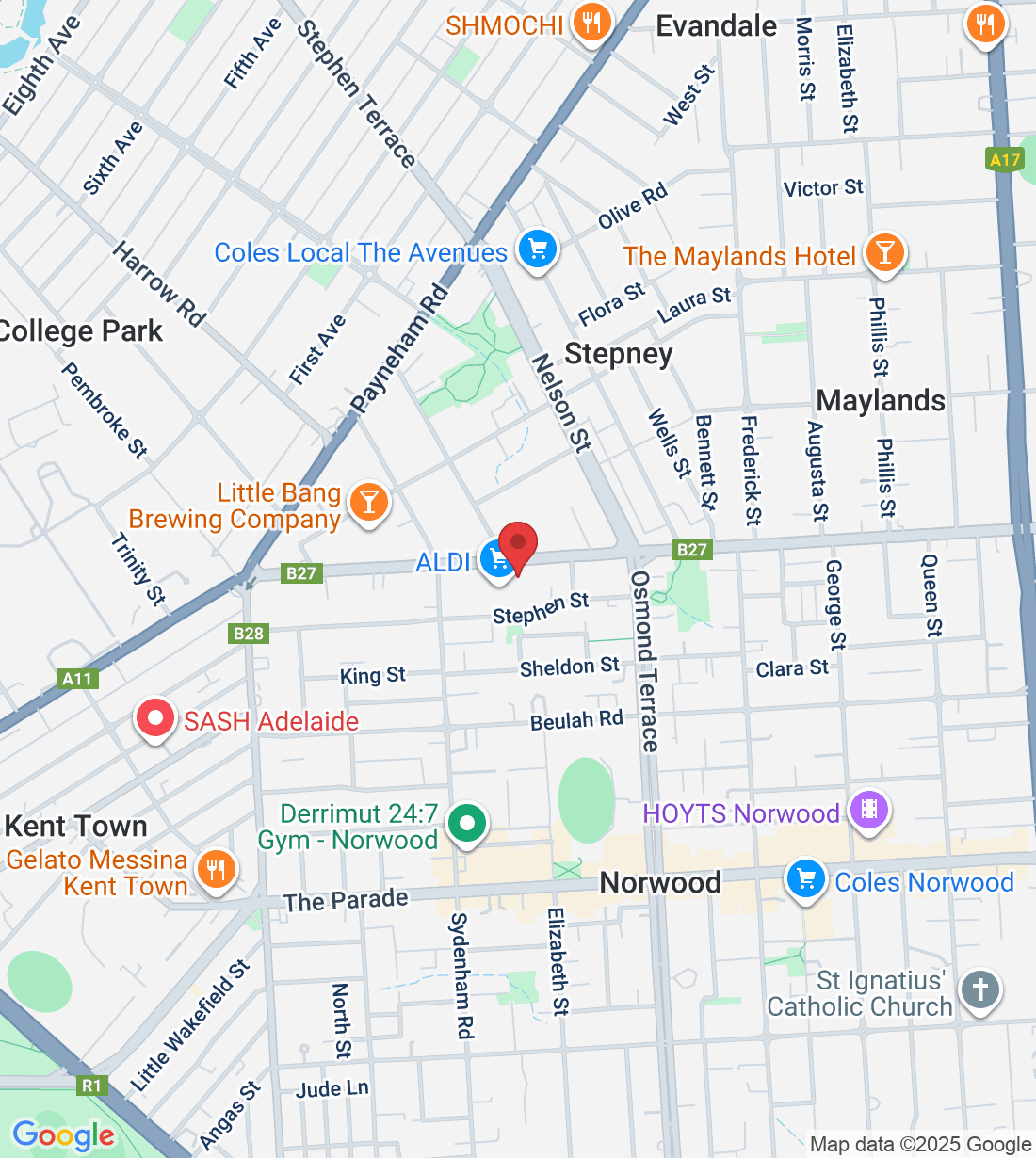
Managing your breasts in the postnatal period: Mastitis , ultrasound and physiotherapy
Every week we have new mums coming to see us with red hot swollen breasts that they are just not sure what to do about.
A quick google doc search will suggest that it is mastitis and that they have to get onto antibiotics as quickly as possible. "Is that true?" they ask? They don't want to take antibiotics if possible because it affects the taste of their breastmilk - and their baby has been a fussy feeder already!
What else can they do? What is causing the problem?
Well I though it best that I write a blog to explain it. So here we go....
The breasts (like everything else) undergo enormous changes during pregnancy and the postnatal period.
Managing them, as well as learning how to feed your baby can be a challenge. With practice, time, guidance and support, your skills and comfort should improve.
Lactation commences around day 3-5 postpartum. Lactation at this stage is a non-infant regulated process. The body does not know if you have had one baby or three! It produces enough milk ‘just in case’. It takes up to six weeks for the infant feeding regulatory system to develop fully. Breastfeeding on the other hand is a skill which both the mother and baby need to develop.
In the early weeks an ‘over supply’ engorgement problem is quite common – particularly if you have a baby with an ineffective suckling reflex, a sleepy or irritable baby, or poor attachment.
Engorgement is felt as a very full/distended breast(s), which can make it more difficult to get baby to attach properly. It is a painful condition which is readily but sometimes not easily relieved by milk removal.
Make sense?
If the milk is not removed or removed enough, engorgement can quickly (within hours) lead to non-infectious/ inflammatory mastitis.
My top tips for managing inflammatory conditions of the lactating breast;
Ensure that any clothing you wear doesn’t leave any marks or creases on your skin as the milk ducts are very easily compressed. Avoid tight clothing, ill-fitting bras or bras with under wires.
Avoid over handling the breasts and don’t try to ‘massage out’ any lumps. You will only increase the irritation.
Very soft and gentle massage and warmth of a hot face washer can help to decrease any 'spasm' through the breast tissue that can be part of the discomfort.
Therapeutic Ultrasound applied by your Vital Core Physiotherapist can be very useful in settling and clearing any lumps.
Apply a cool compress after a feed to provide comfort if you have breast tenderness or pain. Applying warmth on the sore area before a feed can also be soothing.
Use lanolin or other calming balms to help heal cracked nipples.
Do not hesitate to reach out to a lactation consultant if your baby has difficulty attaching well which may lead to nipple damage.
Ensure the breast is drained well enough to be comfortable before offering the other side.
Contact your Vital Core Women’s health Physiotherapist at the first signs of mastitis. Signs and symptoms include pain, redness, and a hard and hot area on your breast that does not clear with breastfeeding. This may or may not be accompanied by flu-like symptoms such as aches and pains, fever and shivers.
If you need help managing your lactating breasts please call our helpful admin team on 83310552 straight away. They will move mountains to get you seen within 24 hours as we consider this an emergency.
I hope that helps your understanding of the common problems with the lactating breast. Please reach out if you would like some more help.
Ask a question of Vital Core Physiotherapy
Fill in the form to request a Call From Our Team
One of our team will call you for FREE and answer any questions or concerns you may have about your condition
© 2023 Vital Core Physiotherapy





